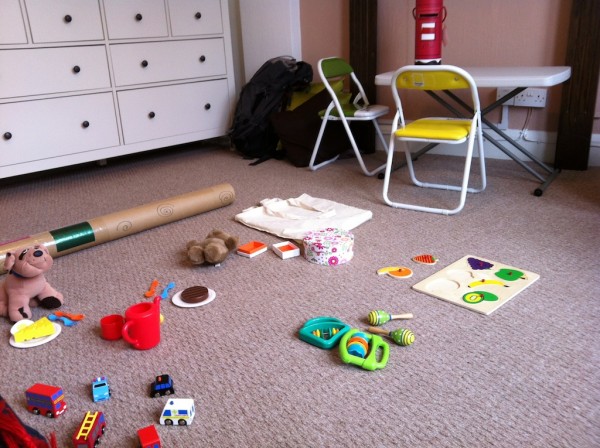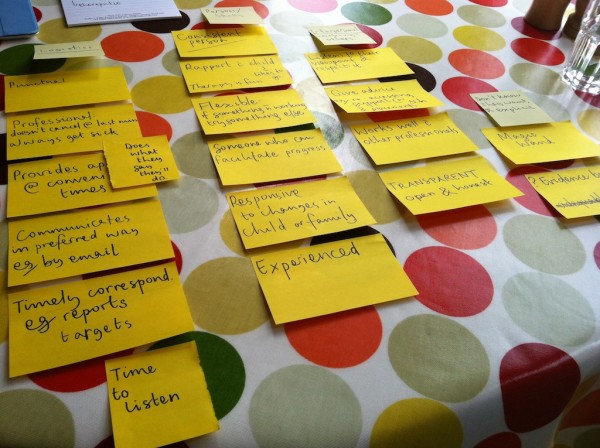
Here in the UK we’re about halfway through our school summer break. Which means in two or three weeks time children all over the country will start nursery for the first time. I did a quick google search and found hundreds of ‘how to prepare your child for nursery’ posts. I thought I’d add a couple of points from a communication perspective.
Use simple language during the settling in period
When your child experiences strong emotions, they may not be able to use the language skills they have when they’re calm. I’ll give you a couple of examples.
If your son usually understands well and can follow complicated, multi-step directions he won’t be able to use this skills when crying hysterically that you’re leaving. Use very short simple sentences to support his understanding, you could try something like:
“I’m going to work.”
“You’re staying here, at nursery.”
“You’re playing with (key worker / friend.)”
“I’ll come back after story time.”
The same inability to access skills can happen with talking. Your daughter might normally use multiple phrases joined together with conjunctions to make requests, but if she’s incredibly shy or feeling anxious she won’t be able to tap into this skill. Try not to assume she’ll ask for what she needs in the first few days at a new setting. Be sure nursery staff regularly talk about things she’ll need to know, for example, the location of the toilets, and where to hang her coat.
Learning English at nursery
If you have been speaking a language other than English to your child at home, it is normal for them to experience a ‘silent period’ when they start in an English speaking setting. Your child will be listening carefully to what people are saying and may not say anything themselves for several months. Nursery staff will know how to support your child by using very simple language with gestures. Staff may include them in small group work to develop their confidence and know not to pressure them to respond verbally.
After spending time listening, children tend to begin talking by using words they have heard other people use a lot (sometimes “sit down!” or “be quiet!”) They then gradually begin to build their own phrases and sentences.
Remember to keep speaking your home language at home, so your child doesn’t forget it! If your child is learning English at nursery and after 3 – 4 months of daily attendance is still silent it may be worth asking a speech and language therapist for advice.
Today at work I made phone calls and ate sandwiches for lunch
Parents often tell me they’re frustrated that their child doesn’t talk about what they did at nursery. I remind parents that “what did you do at nursery today?” is a huge, open question, normally asked at the end of the day when a child is likely to be tired. You may have more luck finding out what your child got up to, by talking about your day first, as a model:
Adult: “When I got to work, I took my coat off and made a cup of tea.” (expectant pause!)
Child: “At nursery, I hanged my coat up, and do a painting with Mary”
Try it!
Photo by emmacraig1
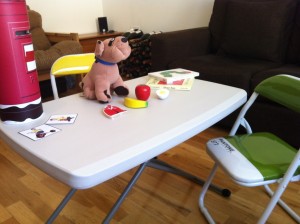

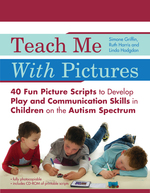
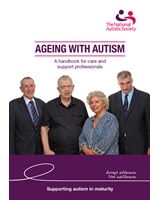


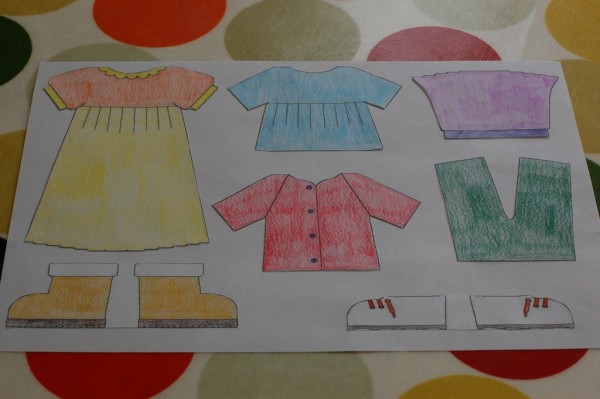
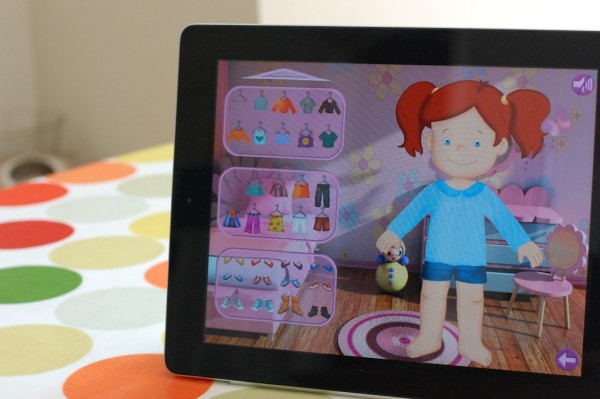 I found this free iPad app, which is good to end on. The child selects clothes and shoes for the doll – it’s another fun opportunity for more modelling and perhaps the child will be ready to use the word himself.
I found this free iPad app, which is good to end on. The child selects clothes and shoes for the doll – it’s another fun opportunity for more modelling and perhaps the child will be ready to use the word himself.
